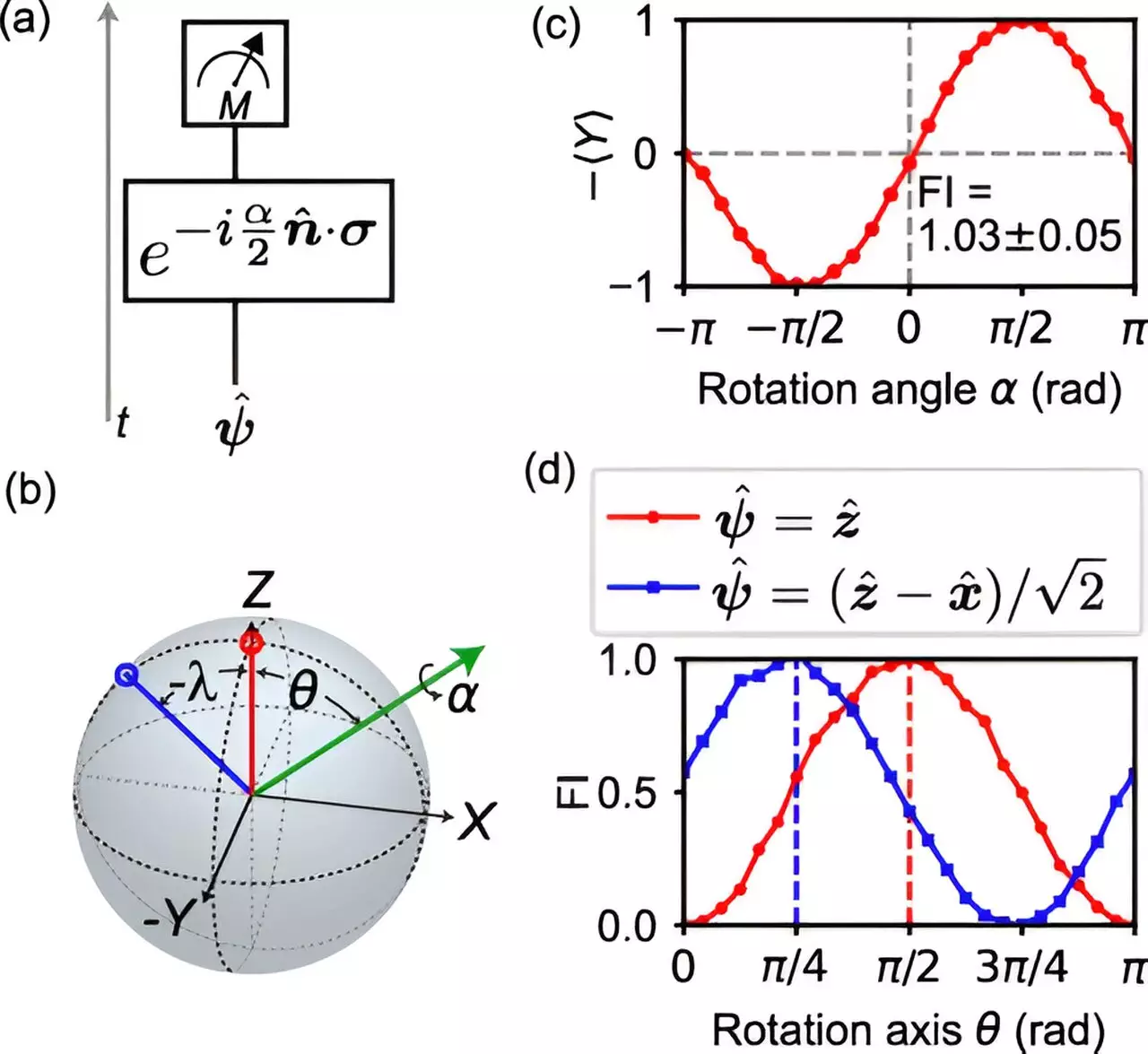The allure of mastering time travel has long been confined to the realm of science fiction, captivating imaginations with visions of backward or forward journeys through history and the future. While conventional physics suggests that traveling back in time remains an insurmountable obstacle, recent breakthroughs in quantum technology hint at a transformative alternative: the ability to access information from the past—not by moving through time, but by cleverly exploiting the mysterious quantum world. This concept challenges traditional notions of causality and opens a tantalizing pathway toward revolutionary scientific instrumentation, fundamentally altering how we perceive measurement and observation.
At the core of this innovation lies an extraordinary property of quantum entanglement, which Albert Einstein once famously dubbed “spooky action at a distance.” Entangled particles share a connection so profound that the state of one instantaneously influences the other, regardless of spatial separation. Researchers, led by Professor Kater Murch, have now discovered a clever way to harness this phenomenon to create sensors capable of “seeing” into the past, at least in a metaphorical sense. Such technology could be a game-changer, offering a new lens through which to observe and analyze complex systems without violating the fundamental laws of physics. Instead of physically traveling through time, these sensors use quantum correlations to retrieve data about events that have already occurred, effectively giving us a form of “quantum hindsight.”
How Quantum Hindsight Disrupts Conventional Measurement
The process begins with entangling two quantum bits, or qubits, in a state known as a singlet—meaning they possess opposite spins. When one qubit, dubbed the probe, encounters a magnetic field, its spin rotates in a way that traditionally requires precise knowledge of the field’s direction to interpret accurately. In classical quantum measurements, guesses about this orientation can lead to a significant failure rate—approximately one-third of the time, measurements miss their mark because the field’s influence aligns or opposes the spin axis perfectly, nullifying the rotation signal.
What makes this new approach revolutionary is how it leverages the entanglement to circumvent that uncertainty. When the second qubit (the ancilla) is measured, its quantum state effectively “waves backward in time” to influence the earlier probe. This isn’t time travel in the literal sense but a quantum information trick that allows scientists to determine the optimal measurement configuration *after* the fact. In essence, by measuring the second qubit, researchers gain “hindsight,” enabling them to prepare the probe’s spin in the most advantageous direction, dramatically increasing the chances of successful measurement. This capability dramatically improves the reliability of quantum sensors, especially in environments where magnetic fields or other parameters are unpredictable.
From a practical perspective, this innovation means that quantum sensors can be retroactively optimized, a feat impossible with classical methods. They can adapt measurement strategies post hoc, leading to more sensitive, accurate detection of faint signals and subtle phenomena. Imagine being able to fine-tune a telescope after observing a distant star, or calibrate an experimental setup after collecting data—these are the real-world implications of harnessing quantum hindsight.
Implications and Future Horizons of Time-Accessible Quantum Sensors
The broader significance of this breakthrough extends far beyond the lab bench. With sensors that can effectively “look back in time,” we can revolutionize fields like astrophysics, materials science, and fundamental physics. For astronomers, such sensors could detect faint cosmic signals that currently elude observation, offering a new way to study phenomena like black holes or dark matter. In material science and chemistry, they could provide unprecedented insight into the behavior of complex systems, enabling real-time analysis of processes that once required indirect inference or approximation.
More provocatively, this research invites a philosophical reconsideration of the nature of causality and information flow in the universe. If entanglement enables us to access past events “non-invasively,” are we inching closer to a universe where the boundary between past and future is more fluid than previously imagined? While the idea of actual temporal travel remains speculative and fraught with paradoxes, the ability to derive information about bygone states through quantum correlations could be the first step toward a fundamentally different understanding of time itself.
However, it is essential to recognize that these developments are still in their infancy. Challenges remain in scaling such sensors for practical applications and in ensuring their reliability in noisy, real-world environments. Nonetheless, the conceptual leap is undeniable: quantum physics may soon allow us to glimpse the past with clarity and precision that was once the stuff of science fiction. This leap could usher in a new era of technological ingenuity, where understanding—and perhaps even influencing—the fabric of time becomes an attainable scientific frontier.


Leave a Reply